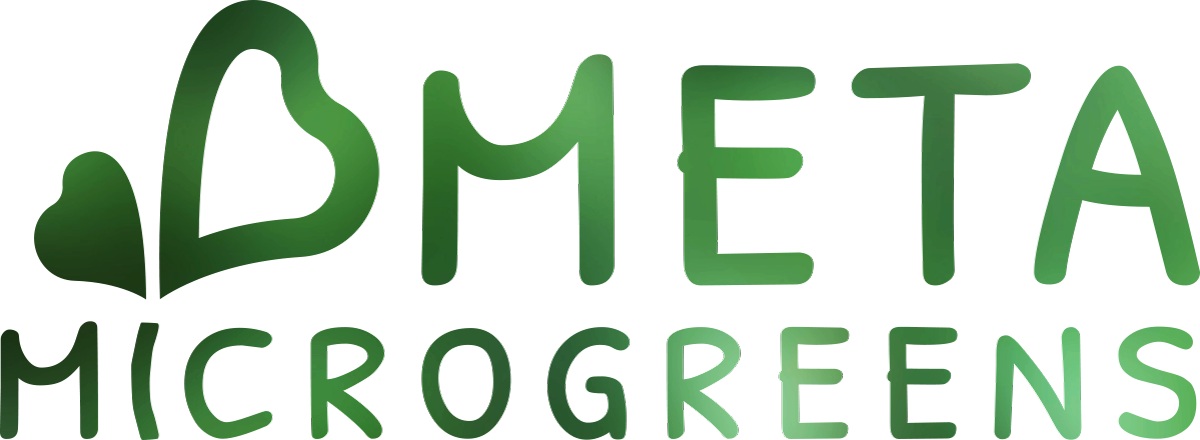Microgreens for Pets
Microgreens / Grass are an excellent addition to a pet’s diet. We only use Non-GMO, organic seeds, organic soils and carbon filtered water.
In order to replicate the natural diets that your pet would’ve eaten in the wild, we formulate for the species and quantity of Microgreens depending on whether the pets are carnivorous or herbivorous.
Ask Yourself what is healthier for your pet? Treated lawns or potentially poisons house plants, no brainer.
Microgreens for Dogs (KITS aVAILABLE)
Microgreens give your pet dog added nutrition and health benefits. In fact, a study with Scottish Terriers found that the consumption of leafy vegetables three times per week significantly reduces the risk of bladder cancer (1). Additionally, diets rich in vegetable derived antioxidants have been shown to improve cognitive function in aging dogs (2).
Varieties such as carrot, pumpkin, turnip, and mustard are the best microgreens for your dog. These vegetables have high levels of vitamin A, vitamin C, vitamin K, and folate, plus a variety of minerals such as magnesium, calcium and iron. To add these microgreens to their diet, you can chop them up or blend them before mixing them in with their regular pet food.
The recommended guideline for mixing microgreens with their food is that microgreens should represent approximately 10% of their diet. If you are making homemade dog food from scratch. Use freely in your favorite homemade dog food recipes.
We do not recommend amaranth and quinoa. Kale and broccoli should be avoided with pets that have thyroid problems.
Microgreens for Cats (KITS aVAILABLE)
Cats should also receive similar cancer-fighting and cognitive benefits from antioxidants and minerals found in leafy vegetables.
Mixing microgreens with your cat food is more beneficial than regular greens since they have a higher concentration of nutrients and antioxidants. Therefore, you can give more beneficial greens to your cat without upsetting its stomach. The recommended microgreens for cats are barley grass, “cat grass”, carrots, peas, and broccoli. .
You can chop up or blend your microgreens and then mix it with regular pet food. Microgreens should only make up 5% of a cat's diet. If you make your own home made cat food, feed them raw whole foods such as chicken or mackerel, and sprinkle chopped up microgreens on top. Grains such as rice should be avoided to add bulk because they are known to be correlated with type-2 feline diabetes (4). Additionally, meta live grasses are beneficial for cat enrichment.
Growing Micro Grasses for Cats and Dogs (KITS aVAILABLE)
In addition to green vegetables, micro grasses are beneficial for both cats and dogs. Both cats and dogs like to munch and consume grass in the wild. Researchers theorize that wolves and cats eat grass in order to relieve themselves from upset stomach. The fibers and proteins in the grasses induce vomiting, which removes indigestible materials and intestinal parasites.
Younger plants like microgreens have fewer toxins that cause upset stomach than older plants. Therefore, micro grasses are safer to consume than older grasses. Cats and dogs typically self-regulate how much grass they consume. We use Non GMO, Organic grass varieties, oat, wheatgrass, triticale and barley. Small containers of grasses also add a decorative element to any house, allowing both pet owners and pets enjoy a variety of houseplants.
Microgreens for Rabbits (KITS aVAILABLE)
Rabbits love to eat greens and there’s nothing that they love more than fresh timothy hay. Hay contains almost all of the nutrients that rabbits need to grow and thrive. Hay should consist 80 to 90% of a rabbit's diet. Like all plants grown outdoors, hay is seasonal. The most nutritious hay are harvested during peak growing season, we harvest just for your bunny.
In addition to the hay that you feed your rabbits, it's recommended that you feed leafy greens on a daily basis. You can share microgreens such as swiss chard, broccoli or turnip greens.
Microgreens for Guinea Pigs (KITS aVAILABLE)
Very similar to rabbits, a guinea pig’s diet consists of 80-90% timothy hay, followed by leafy greens and pellets. Required to keep their back teeth trimmed, they must chew for the majority of their day. By introducing microgreens and micro grass into their daily diet, you are supporting their health and making sure their teeth are well cared for. The best microgreens and grass to feed your piggies are wheat grass, red leaf, cilantro, and parsley.
Microgreens for Hamsters (KITS aVAILABLE)
Like many rodents, hamsters eat a lot of grains and seeds. There’s nothing like watching a hamster gnawing at a sunflower seed. The way they nibble and turn the seeds around their tiny hands are therapeutic. Your hammies can enjoy swiss chard and bok choy microgreens.
